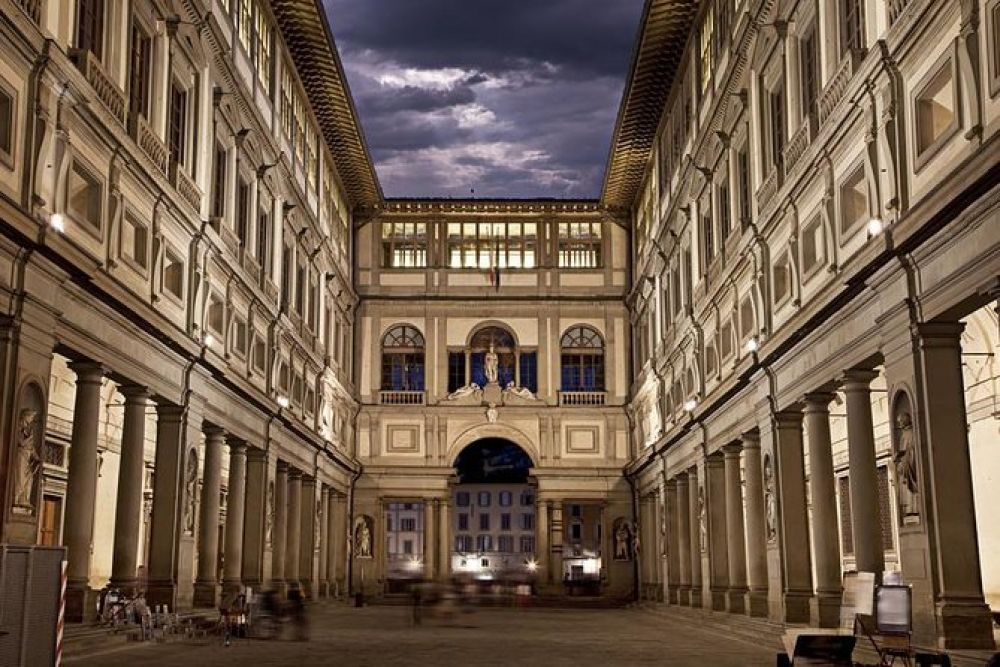

The Uffizi Gallery, or Galleria degli Uffizi, is one of the most renowned art museums in the world, attracting millions of visitors annually to its halls. The history of the museum as a public destination for art lovers begins with its inception by the Medici family, the powerful dynasty that played a central role in the Renaissance art movement and political life in Florence. The construction of the Uffizi Gallery commenced in 1560, designed by the celebrated architect Giorgio Vasari. It was originally intended to house the administrative and judiciary offices, or "uffizi", of Florence, but over time, it transitioned into a space for art collections.
Although the Medici family had been private collectors of the artworks displayed within, it wasn't until the 18th century that the Uffizi transformed into a public gallery. The credit for this change is often attributed to the last Medici heiress, Anna Maria Luisa, who, in 1737, declared the family's collection bequeathed to the state with the condition that it never leave Florence. This marked the birth of the Uffizi Gallery as a public institution, setting the stage for the growth of tourism centered around art and culture.
Since then, the Uffizi Gallery has emerged as a prime destination for those eager to immerse themselves in the rich artistic heritage of the Renaissance. The collections include an array of masterpieces from Italian greats such as Leonardo da Vinci, Michelangelo, and Sandro Botticelli, to name a few. The gallery's fame and the allure of these iconic artworks were instrumental in putting Florence on the map as a must-visit cultural hub.
In the 20th century, the Uffizi continued to grow, both in the size of its collections and in its importance for tourism. After significant events such as the flood of 1966, which damaged many artworks and led to a global outpouring of support and restoration efforts, the gallery has seen various modernization and expansion initiated ensuring the preservation and exhibition of the artworks in a way that befits their worldwide significance.
In recent years, the Uffizi has embraced the digital age, with the introduction of interactive guides and virtual tours, reflecting the latest trends in museum experiences. This leap into digitalization intensified during the global pandemic, aiming to keep the connection between the art and the audience alive. Even as travel restrictions have eased, a blended approach to physical and digital tourism experiences continues to be a trend. Moreover, the need for sustainable tourism practices has come to the forefront, with the Uffizi and the city of Florence becoming more conscious of visitor flow management to preserve the integrity of its historical sites.
The Uffizi Gallery stands as a testament to the enduring legacy of the artistic brilliance harbored in Florence, an emblem of the cultural richness that Italy offers to the world. From the days of the grand dukes to the modern era of global connectivity, the Uffizi has evolved not just as a gallery but as a cultural phenomenon, enchanting art aficionados and casual tourists alike. It remains one of the key pillars of Florence's economy and cultural identity, highlighting the profound impact of historical art in shaping the future of tourism.